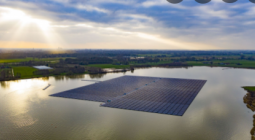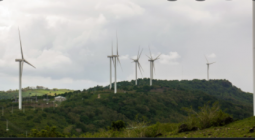When the wind drops and the sun goes down: how can Southeast Asia handle fluctuating clean power supply?
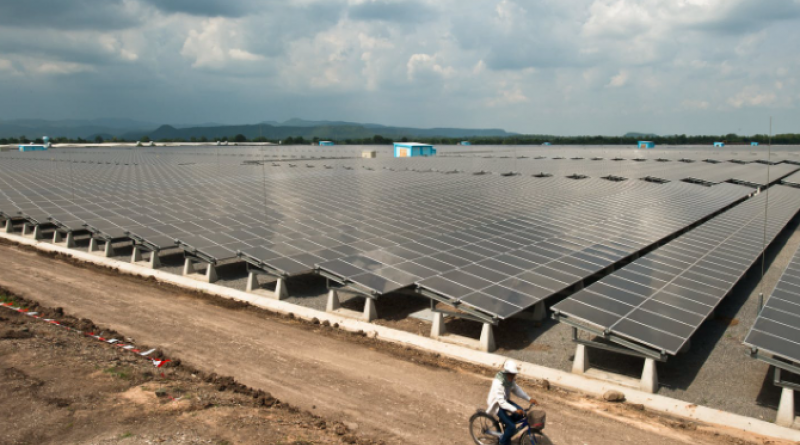
While solar and wind help countries meet energy security and environmental objectives, their variable nature poses challenges to electricity grids that require utilities to rethink operations.
The intermittency of some renewables that test the resilience of power grids is often touted as an explanation for Southeast Asia’s woeful adoption of cleaner sources of energy.
The ability of wind turbines and solar panels to generate power is entirely at the mercy of the elements, leaving critics to argue that such technologies aren’t sufficiently reliable to support the bloc’s rapid economic growth and demand for power, making a steep increase in fossil fuel burning inevitable.
Electricity grids, largely designed for the last century, weren’t built to accommodate the variability that characterises solar and wind energy; they were built with large, centralised generators in mind. These are typically fired by coal, oil or gas, enabling them to consistently run around the clock, uninterrupted by the whims of nature.
Charged with maintaining the balance between power generation and consumption, utilities favour conventional sources of energy as they can be switched on and off at will, adapting to demands from their customers who want their lights on at night and hot water for their morning showers.
Renewables, on the other hand, give grid operators headaches because their output fluctuates wildly throughout the day and between seasons, threatening to disrupt the delicate dance of supply and demand. While such challenges aren’t insurmountable, they render grid operations much more complex.
Solar generated power typically peaks at the sunniest times of the day — when demand for power is generally lower. Even clouds hamper its production, snarling calculations of the exact output. Similar issues plague turbines as the wind can suddenly pick up or drop. If grids fail to handle such volatility, blackouts and overloads can occur.
By international standards, renewables only make up a small share of Southeast Asia’s energy mix, at about 9 per cent as of 2019. Most of this is hydropower, with solar and wind contributing only 2.4 per cent last year.
But as the region races to generate 23 per cent of its primary energy from clean sources by 2025 amid dire warnings of the climate calamities projected to ravage the bloc in the decades ahead, smoothly integrating solar and wind is set to become a central priority for the power sector.
Arguably the biggest challenge is that there is no silver bullet to help distribution grids cope with intermittent energy supply. Instead, countries will need to pursue a combination of strategies to compensate for the uncertainty that renewables create.
Get consumers on board
Traditionally, grid operators have responded to changes in electricity demand by adjusting supply. But as renewables uptake accelerates, Southeast Asian governments could utilise a proven solution to intermittency—demand-side management, said Philip Andrews-Speed, senior principal fellow with the Energy Studies Institute at the National University of Singapore (NUS).
Demand-side management could lead governments to leverage incentives and disincentives through dynamic pricing systems to encourage households to align their electricity usage with supply patterns.
Discounted rates could be offered when demand is low and clean energy available in abundance, while higher rates could be charged during peak hours to flatten consumption spikes.
Install more renewables
Expanding renewable capacity evens out clean energy output as it reduces extremes in variability. The trick is to scatter different types of installations across a vast geographical area.
Across Southeast Asia, solar and wind have highly complementary generation profiles, with solar peaking during the day and the dry season, and the wind picking up during evenings as well as the rainy season and colder months in the bloc’s northern regions, said Benoit Nguyen, head of the renewables in the Asia Pacific at multinational certification firm DNV.
Research has also shown that in countries that sit on the equator—as Indonesia does—seasonal and daily variations in solar output are much smaller than elsewhere.
And since solar equipment costs are falling so fast, experts have pointed out that building out capacity to seemingly excessive levels not only mitigates intermittency but delivers clean power at the cheapest price, making it more cost-effective than solely relying on battery storage.
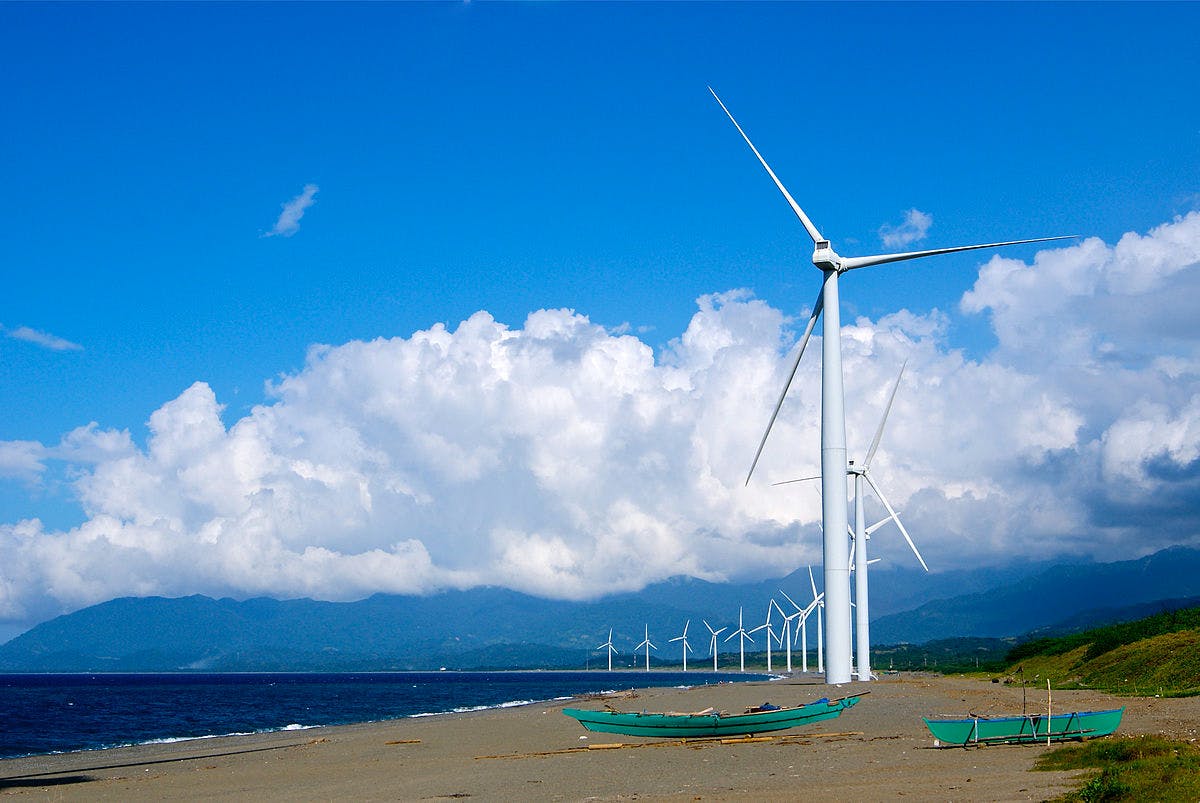
Harness weather forecasts
Weather predictions are critical tools to manage variable renewables because they help utilities prepare for swings in the grid’s balance hours or even days in advance.
Based on such forecasts and historical generation patterns, modern data algorithms can model solar and wind power production with a high degree of accuracy, not unlike the strategies social media platforms use to achieve targeted advertising and political advocacy.
Having recognised this vast potential, tech-savvy Singapore plans to use advanced forecasting along with energy storage to achieve its solar target of 2 gigawatts by 2030.
Build flexible grids
“To give grids the ability to cope up with the variability and uncertainty in renewable energy generation, there needs to be more flexibility in the system,” Mary Ann Quirapas-Franco, a research fellow at NUS’s Energy Studies Institute, told Eco-Business.
More robust transmission and distribution networks can better handle bigger loads that renewables may at times produce. In recent years, Vietnam has had to curtail the output from solar assets in response to fears that sudden jumps in supply could strain power lines.
Strengthening grids also enables two-way power flows. Electricity is not only sent from power stations to consumers, but private homes may choose to install solar panels to generate their own power and feed some of it back into the grid.
“Across Southeast Asia, the lack of infrastructure is one of the key barriers to large-scale deployment of renewable energy,” Quirapas-Franco said.
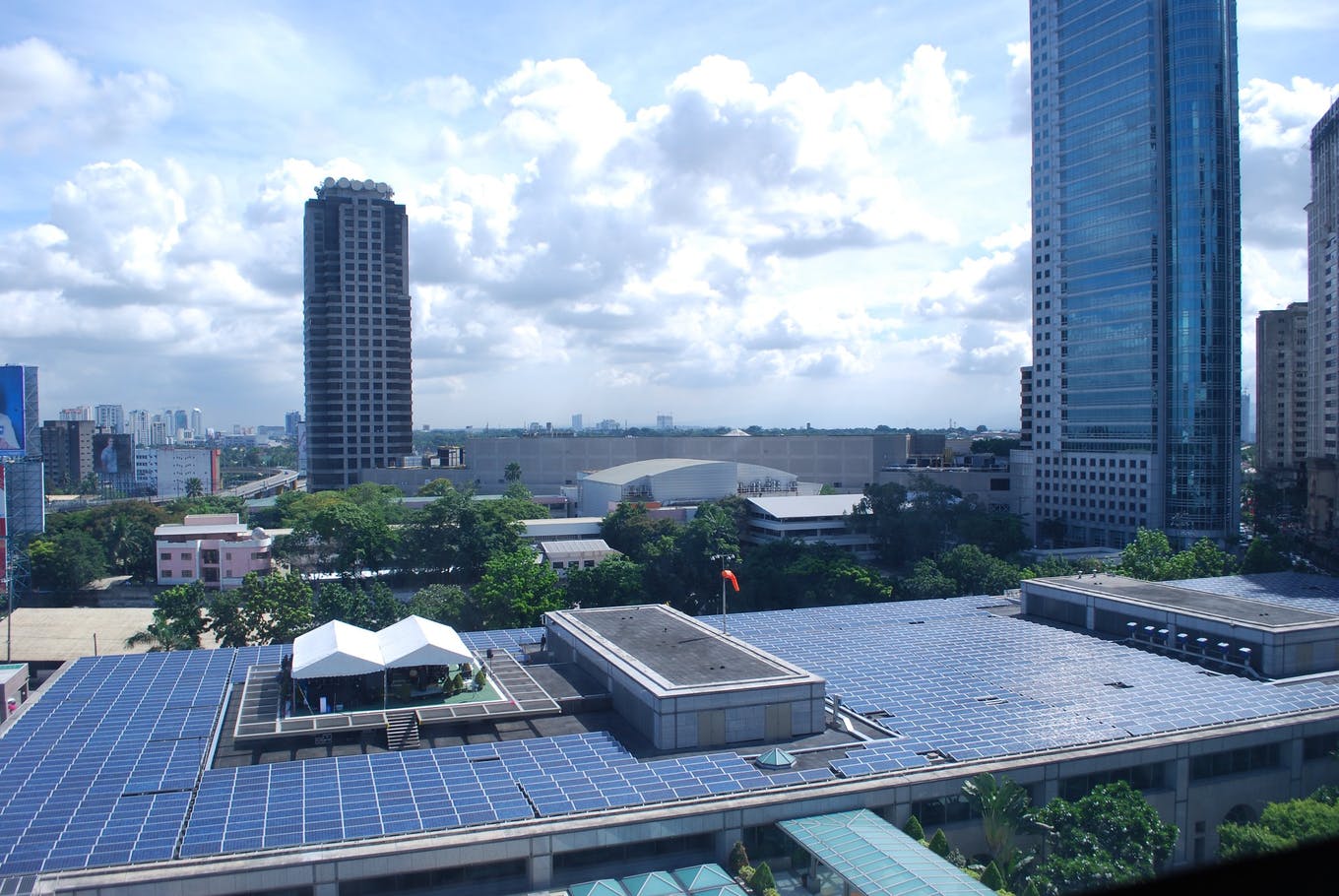
Grid upgrades won’t come cheap. The International Energy Agency estimates that the region will require US$1.2 trillion in investments through to 2040 to modernise and expand its electricity grids, and governments will need to take policy action to unlock such capital.
“Private investment is essential to improve grid infrastructure in most Southeast Asian countries because the state lacks the funds, not least due to the pandemic. But the key obstacles in most states continue to be domestic vested interests and high transaction costs. Deal with these, and funds should flow,” said Andrews-Speed.
Another way to make grids more adaptable is to smarten them up. Nguyen said if utilities could access data about generators, transmission infrastructure, storage facilities and consumers, they’d be able to optimise grid operations and have more visibility, making it possible to more effectively respond to supply fluctuations.
Real-time information will also underpin efforts to modify consumer demand and advanced forecasting strategies.
Have a backup plan
Besides grid expansions and advanced operating procedures, having something to fall back upon when supply is disrupted or demand shoots up is arguably the most important flexibility solution.
Storing excess renewable energy is an obvious and appealing strategy that can help prevent grid overloads and dispatch electricity during peak loads, ensuring stable supply, Nguyen told Eco-Business.
Storage can also effectively be used in off-grid applications to help electrify Southeast Asia’s remote rural areas and islands, said Quirapas-Franco. According to the International Energy Agency, 45 million people across the region still lacked access to power in 2019.
At present, however, Southeast Asian nations have no policies in place to incentivise the adoption of energy storage in the power sector.
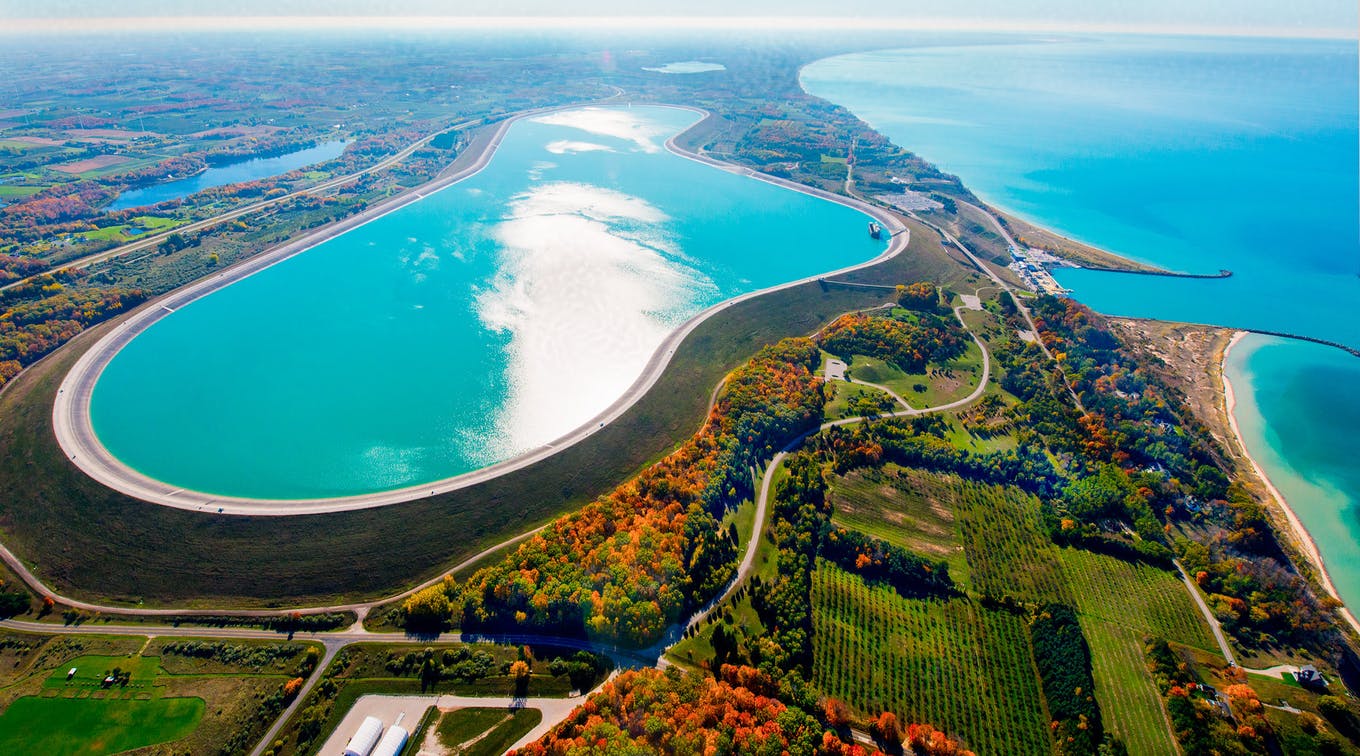
Storage comes in diverse forms, ranging from pumped hydropower and flywheels to modern lithium-ion batteries and green hydrogen.
Lithium-ion batteries have advanced significantly over the past decade, with costs dropping almost 90 per cent. In the Asia Pacific, solar projects coupled with battery storage are estimated to be competitive with gas-fired electricity as early as 2026.
Electric vehicles could eventually also be harnessed as grid assets to help countries handle intermittency, Nguyen told Eco-Business. In so-called vehicle-to-grid systems, cars can return surplus power to the grid when fluctuating renewables do not generate electricity, turning them into energy storage on wheels.
Green hydrogen may currently be out of reach, but it is predicted to become competitive with fossil fuels in Japan, Germany, and Australia by 2030, when it could not just buffer intermittent daily and seasonal power generation but also decarbonise heavy industry.
While it will take longer for similar price drops to happen in Southeast Asia, the technology has gathered momentum across the region, with Singapore studying green hydrogen as a potentially critical part of its power sector strategy, and calls in Vietnam growing louder to produce the fuel from the country’s rich offshore wind resources.
Another method is to combine complementary renewables in hybrid solutions, said Quirapas-Franco. These already exist in Southeast Asia. For instance, the Cirata solar plant is a floating solar project on Cirata Reservoir in West Java that will tap into hydropower to help balance the intermittency of generation from its solar cells. Similar projects are being piloted in Thailand.
Not all renewables are intermittent, said Nguyen. Besides hydropower, accelerating the deployment of geothermal power stations is a viable pathway to provide clean baseload electricity to bolster solar and wind. Indonesia is already the world’s second-biggest producer of geothermal power, followed by the Philippines.
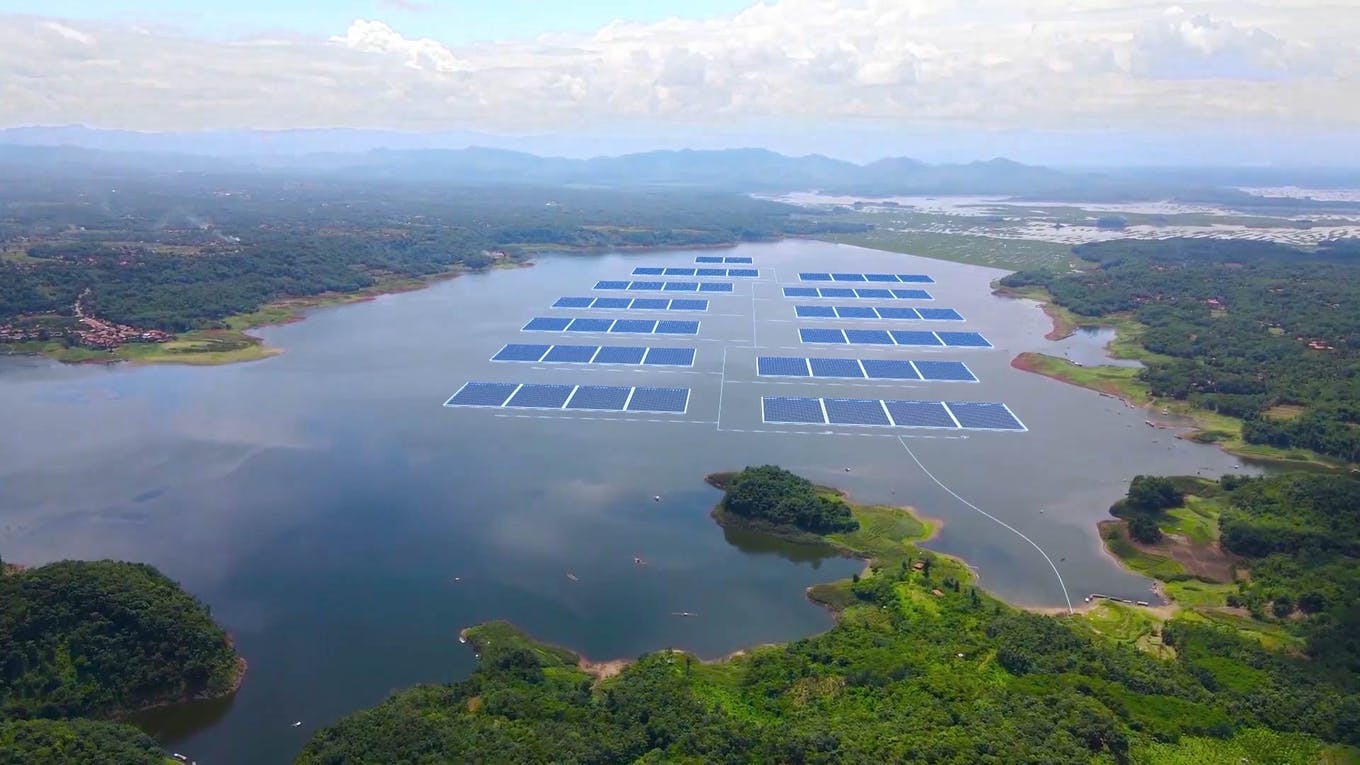
Advance the elusive Asean grid
Plans to build a grid that spans Southeast Asia to unlock opportunities for multilateral, multidirectional power trading have been more than two decades in the making.
Up until now, electricity deals have been limited to bilateral cross-border arrangements, but the bloc’s long-term goal is to connect to a large regional grid.
Doing so would allow countries to sell surplus clean power to other members states and tap into their neighbours’ supply during lean times. Nations could source renewable energy from a much wider geographical area, greatly reducing extremes in its variable production.
Progress has been made on the integration of the Greater Mekong Subregion, a programme involving five Southeast Asian nations and China. Last month, news emerged that Vietnam would buy power from a 600 megawatts wind farm in southern Laos, with construction to start in 2022.
The Laos-Thailand-Malaysia-Singapore Power Integration Project, too, has moved ahead. Under the scheme, participating countries have committed to sending electricity from Laos to Singapore and Malaysia, with Thailand acting as a transit country.
Last October, Singapore launched a separate trial to import 100 megawatts of electricity from Peninsular Malaysia for two years, a project that experts estimate could have “positive knock-on effects” in Malaysia as new opportunities for solar development open up.
Yet another project that will export some of its electricity to Singapore is scheduled to be completed on the Indonesian island of Batam by 2024. With a capacity of 2.2 gigawatt-peak, the venture is the world’s largest floating solar farm.
But even as such projects proliferate, several political, technical and institutional requirements will need to be fulfilled to pave the way for a unified regional electricity market. These range from a common working language and new institutions to harmonised electricity regulations and grid operations.
“The Asean grid will be an important initiative to decarbonise the region’s power sector,” said Quirapas-Franco. “But while it’s technically feasible, there are political issues that need to be resolved before it can happen. The question is, who will lead it?”
Eco-business

